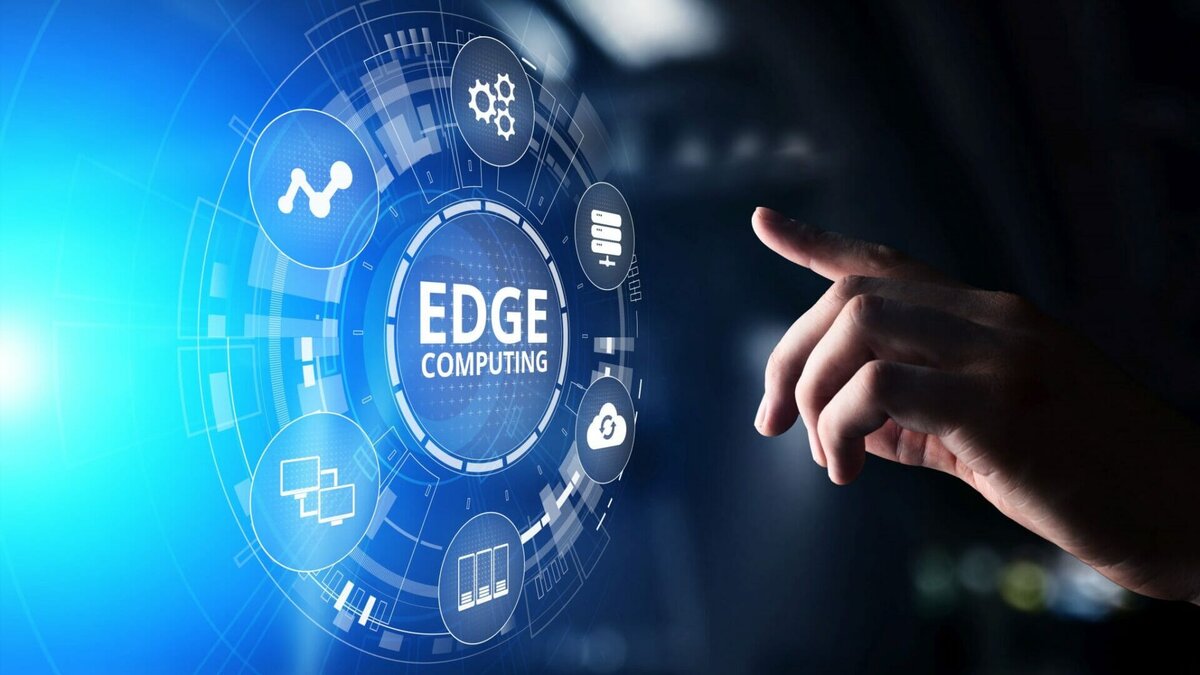Edge Computing supports innovation and new ways to do business. With the ability to collect and analyse data in real time, organisations can flourish through data-driven decision making. As Edge Computing grows in capabilities and adoption, more organisations are looking at how to integrate the edge with their existing architectures. For edge success, this integration needs to be done thoughtfully.
Get Started on your Edge Integration Journey by Following These Five Steps:
Step One: Virtualisation and Modernisation
In order to modernise your current infrastructure, virtualisation is a key factor. Technology embedded with virtualisation enables multiple operations to happen simultaneously, all on a single piece of hardware. Modernising your infrastructure with virtualised machines will deliver tremendous benefits in terms of reliability, manageability, and creating a solid future-ready platform in time for your edge integration.
Step Two: OT/IT Convergence
Breaking down OT and IT silos will provide greater performance, productivity, agility and cost efficiency. To manage this organisational change, many companies are hiring a new type of specialist. Taking the name of a Hybrid OT or Industrial IT, these technologists have experience and knowledge in OT applications. However, they also understand IT language and possess an IT skillset and act as a bridge between the two specialties.
Step Three: Choosing a Solution for Edge Integration
Total cost of ownership, deployment, management, downtime risk, and operational efficiency are all key factors when selecting an Edge Computing solution. In addition, consider the location in which the platform will be installed. Will the platform be in a more ruggedised environment, such as a plant floor? Or maybe a cleaner, organised environment like a control room? How close will the computing take place related to the physical location where data is being collected and analysed?
For all instances, some common requirements for an edge integration solution include:
- Self-monitoring
- Self-protecting
- Integrated redundancy
- Predictive analytics
Step Four: Integrating IIoT
Industrial Internet of Things (IIoT) devices enhance industrial and manufacturing processes through the use of smart sensors to collect and analyse data in real time. The data captured by intelligent sensors enables industrial devices to produce business insights and perform specific actions with little human interaction. This helps to optimise process quality, workforce engagement and promotes uptime.
Step Five: Strong Security
The rise of smart devices within Edge Computing architectures is accompanied by the rise of security vulnerabilities. Security risks include software vulnerabilities and system manipulation, which can lead to possible breaches in customer data and/or the shutdown of operations. Invest in cybersecurity and select IIoT systems that provide regular monitoring and detection in the event of malware infection.





